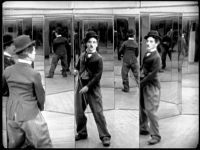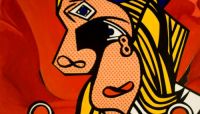In today’s highly digitized world, copyright infringement actions, among others, are often brought against alleged infringers using information culled from Internet service provider addresses. While fair use defenses may exist against such suits, particularly when one is doing a music mash up, a preliminary question is whether the initial source evidence is accurate.
There exist technologies wherein users can mask themselves behind other users’ Internet service provider addresses. In this way, one can be located in Timbuktu, for example, and use an Internet service provider address of a user in the North Pole. By doing such masking, some users seek to avoid infringement lawsuits by using the address of another user, in essence leaving them with the hot infringement potato.
In prosecuting civil actions for unlawful downloads of Microsoft software, for example, it becomes imperative to understand such masking methods, and their limits. Prima facie evidence of the source of the infringement, while good for the initial stages of litigation, will evaporate upon further investigation. In some cases, a case brought without sufficient evidence of the source can, upon written documentary notice that the user wasn’t responsible for the download, such as via browser history evidence, lead to a motion for sanctions against plaintiff’s counsel for bringing a frivolous case.
Even with such evidence as to source, due attention needs to be paid to the transformative nature of the use. In digital music mash ups, for example, a sample from Mr. Bob Dylan recording can be modified, and blended into a new piece, so that the old version becomes impossible to recognize. In this case, the defendant likely has a bona fide fair use defense even when the attribution of the source is correct. Thus, in prosecuting a copyright infringement action, proper steps need to be made at the outset so that a sustainable case can be made.



